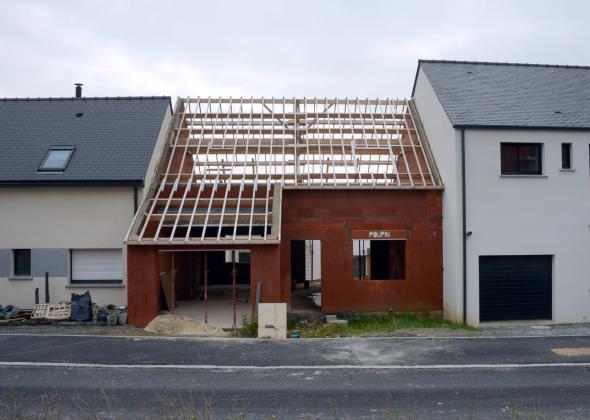An interesting new paper from Alejandro Justiniano, Giorgio Primiceri, and Andrea Tambalotti finds that “foreign capital inflows” account for between a third and a quarter of the increase in U.S. house prices and household debt from before the financial crisis.
This is similar to a story we often here about, say, Spain. In that case, the adoption of the euro and the integration of Spain into the larger Germany-directed European economic sphere led to a surge of optimism about the Spanish economy. The surge of optimism led to a surge of foreign capital and Spanish housebuilding. German citizens put money in German bank accounts, German banks leant to Spanish banks, Spanish banks leant to Spanish homebuyers. Then eventually you had the crisis and the turnaround.
The interesting thing about the American case is that you didn’t really have the “surge of optimism” phase of the story. Instead you had a number of countries, led by China, who were trying to maintain a positive trade balance by having their central banks buy U.S.-issued, dollar-denominated bonds. Chinese companies were selling goods to the United States, and instead of spending the dollars they earned on American goods they were sending the money back as mortgage loans.
So Chinese industrial policy ended up inflating a housing bubble in the United States.
But that’s not to say no other option was available. Rather than channeling this capital into homebuilding, we could have gone on a massive debt-financed infrastructure binge. Or we could have sharply cut payroll taxes. Or done any number of other things. The foreign governments creating these capital flows had no particular preference for mortgage finance as the tool of choice. But that’s what ended up happening.
